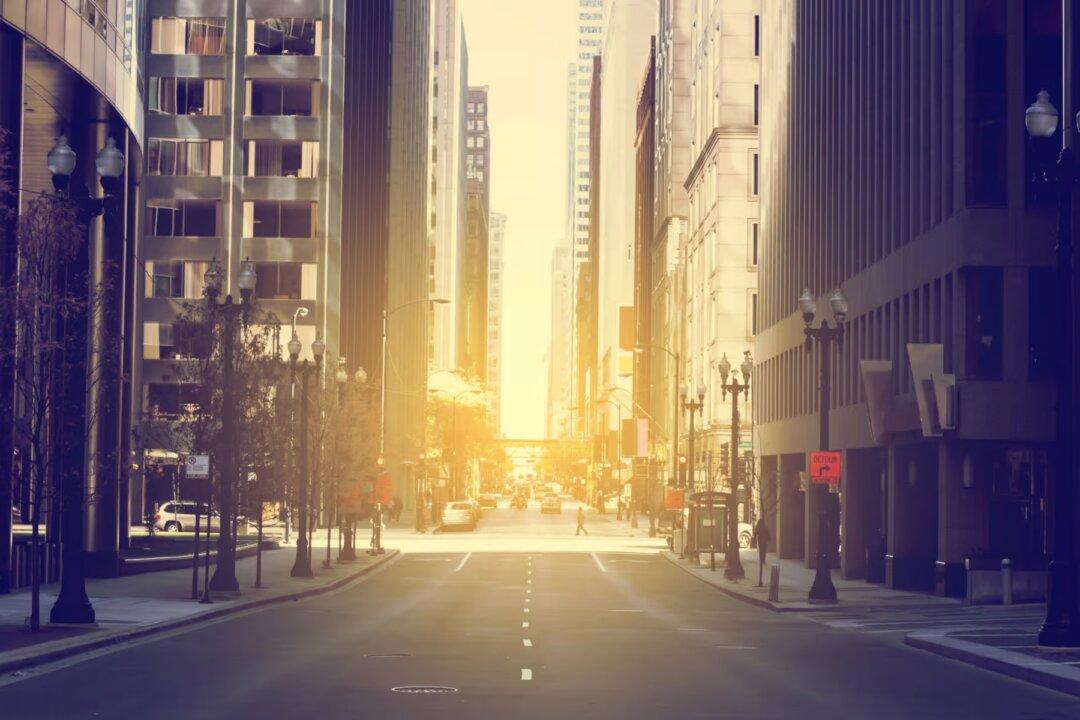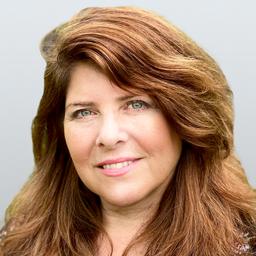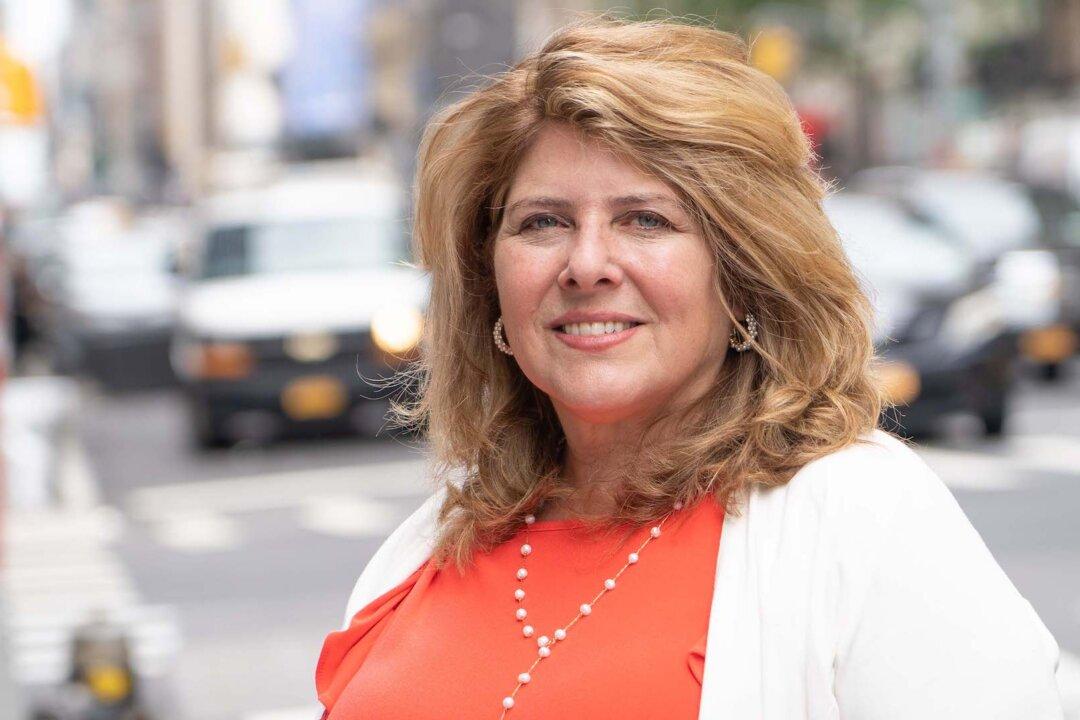Commentary
I’m writing on the morning of my 61st birthday—a phrase that does not trip off the tongue or emerge easily on the keyboard! I am the only one awake yet—Brian is still asleep, and Loki, his fluffy fur having grown back after his late-summer grooming, is snuggled against him, napping too.





